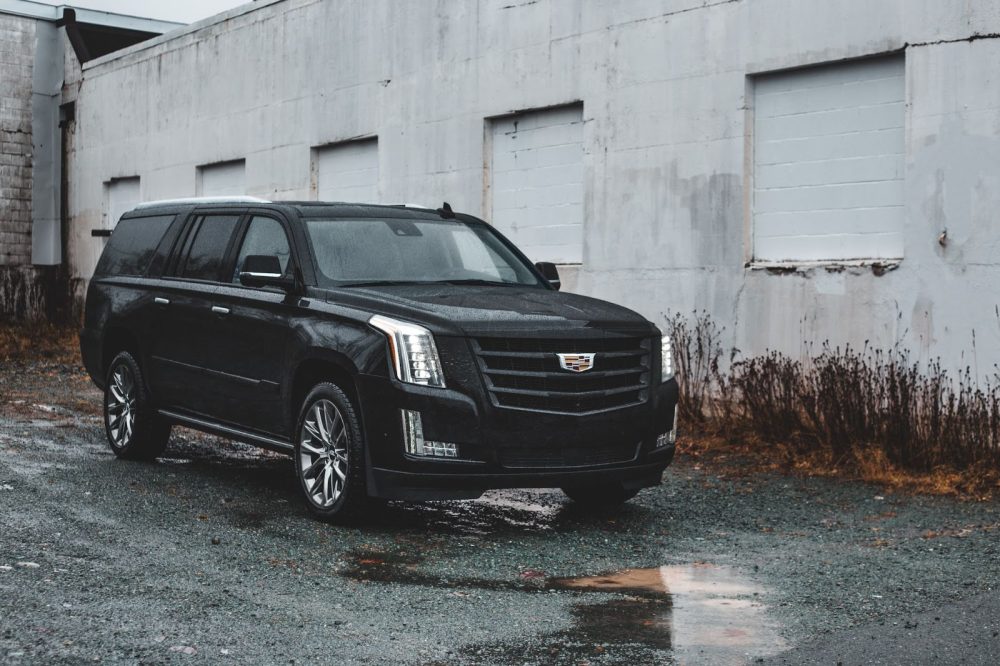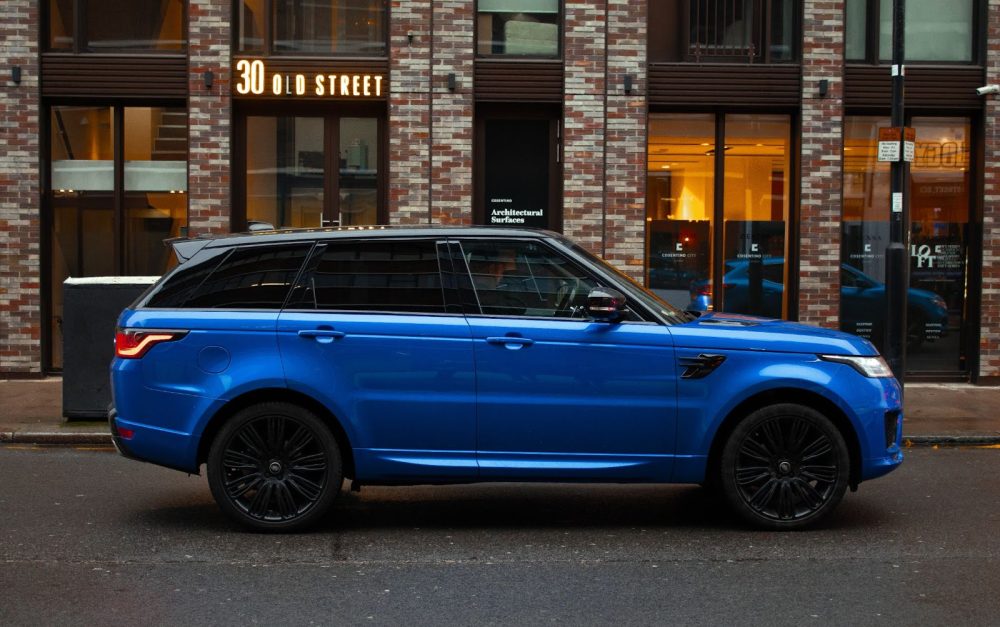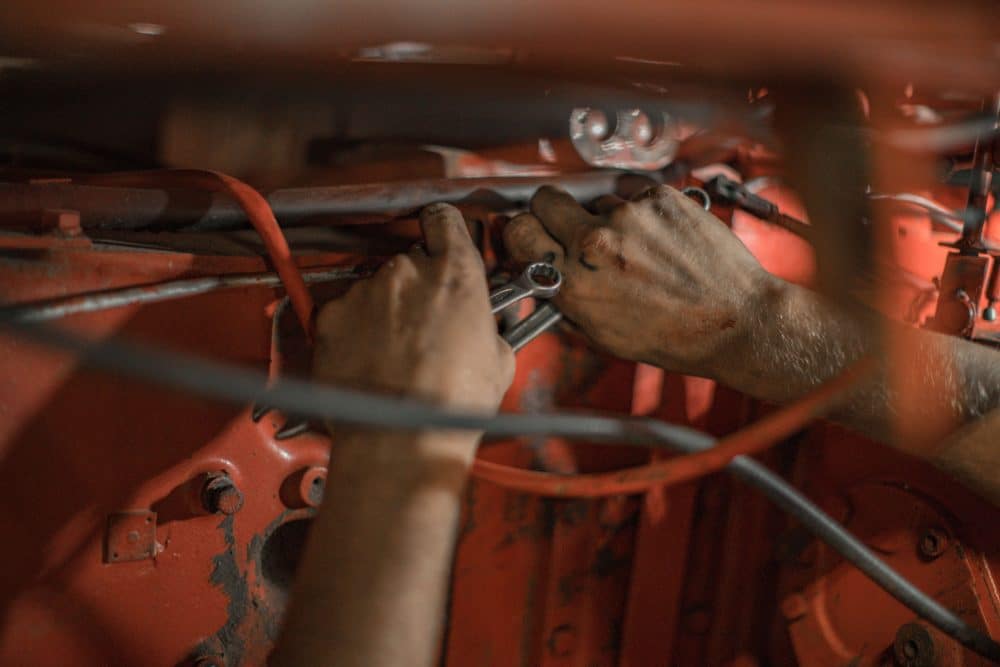
The Driver’s Full Guide to Lyft Car Requirements

Driving for Lyft is the side hustle of all side hustles.
You can set your hours, earn $12–$17 per hour doing what you love (driving), and meet dozens — or even hundreds — of new people per week.
But before you apply to become a Lyft driver, there’s one more step:
Make sure your car and your license are up to speed (pun intended).
Lyft has strict vehicle requirements for its drivers, whether you’re driving the economy, luxury, extra seats, or “other modes.”
This article is the driver’s complete guide to Lyft car requirements to kickstart your new side gig.
General Lyft Car Requirements
Every rideshare company has a minimum standard set for the drivers and vehicles that represent it. These requirements are for safety and brand reputation.
But first, your car must meet the region, city, and state requirements, so you’re legally allowed to drive in your Lyft zone.
Here are the Must-Haves, Starting at the Top
Lyft’s reputation for safety standards keeps the name at the top of rideshare services nationwide. To get started making your vehicle Lyft-ready, check out your city and state safety codes.
Inspection
In most areas, these are checked annually when you get your car’s registration and inspection performed. States like New York, for instance, are strict about regular inspections.
Your car has to meet minimum safety and emissions standards. So, if you’ve already passed that requirement, you’re well on your way to Lyft driving.
However, not every state has this process. For example, Florida’s registration doesn’t include annual vehicle inspections, and neither does South Carolina. Lyft goes by the state’s requirements.
Vehicle Demographics
It’s the goal of every car fanatic to own a sleek antique, like the ‘67 Shelby Mustang or a Ford Fairlane. But, as cool as they are, if those are the kind of vehicles you own, you won’t pass the Lyft minimum age requirements.
As a general rule, all Lyft vehicles must have four doors and a minimum of five seatbelts (driver’s included), but no more than eight belts. The vehicle age and some other variables are primarily dependent on the city where you’re driving.
For example, in Philadelphia, PA, drivers must have a car that’s a 2007 or newer, with at least four doors and 5-8 seats. In addition, your license plates have to be valid, and you’ll need up-to-date vehicle insurance and registration as required documents.
No taxis or stretch limousines are allowed, and no subcompact vehicles are accepted (with very few exceptions).
These details are consistent with Orlando’s rideshare driving guidelines, except Orlando’s drivers must have a 2010 or newer vehicle, and out-of-state plates are allowed.
As long as your car meets the requirements for your city/state/region, the next step is checking your background.
Lyft Driver Requirements
You’re representing Lyft, an international company with a reputation to uphold. They don’t let “just anyone” drive for them, so you can expect a little background screening before Lyft will give the green light.
The first requirement is that you hold a valid driver’s license. Temporary and out-of-state licenses are accepted, making it easy to transition into Lyft driving when you’ve recently relocated.
Driving experience varies. In our Philadelphia example, you must be 25 or older with at least one year of driving experience. In Orlando, the only requirement is that you’re 25 or older; no experience is technically necessary.
Driving History and Background Check
You’re 25 or up, and you have the requisite driving experience. Next, you’ll need to pass the driver screening. This step reviews your driving history and checks your background for any criminal records.
When you clear that section of the process, you’ll download the Lyft Driver app to your smartphone, and you’re ready to start driving!
Don’t worry if you don’t have your own car. Lyft makes it easy to rent one with its Express Drive program for the same cost as many monthly car payments, with maintenance included.
Related: How to Work For Uber (and Car Requirements)
Vehicle Levels

If you haven’t pinned your car down yet, and you want to maximize your investment, consider the different classes of vehicles. At the basic level, you’ll be driving an economy car. It’s the default choice for Uber and Lyft’s rideshares, and it’s the most popular.
Parties of four or more, or people who want to ride in a nicer vehicle, bump their Lyft order up to a higher class. If you can accommodate their request, you can earn more money per trip.
Riding a Lyft in Style
Let’s look at the various levels of vehicle orders Lyft offers and see where your vehicle fits.
Economy/Basic
Simply called “Lyft,” this option is the most common ride request. It’s for smaller parties who can squeeze into a four-seat vehicle and don’t have a lot of luggage.
Lyft works well for people who need to go short distances or single riders. At this basic level, you get the base pay. This level is where most drivers will start.
Preferred
Lyft Preferred rides are the newest option the company offers. It’s designed for riders who want to be comfortable, relax safely, and don’t mind paying a little extra to do so.
Preferred vehicles provide more than 37” of legroom and are 2015 models or later. They’re upheld to the highest standards of cleanliness. Drivers have an average rating of 4.9+ stars and at least 300 rides under their belt.
If your rating is high enough and your car qualifies you as a Preferred driver, you can earn more money per ride and you may net higher tips.
Lyft XL
Do you have a minivan or SUV that can hold up to six passengers? Then you can drive as a Lyft XL representative.
Lyft XL is more expensive than the standard Lyft ride. Large families or groups traveling together with a lot of luggage need a big vehicle, and you have the solution.
With Lyft XL rides, groups going to the same place can split the cost, so you’ll find this is a popular model for rideshare passengers. Driving these vehicles gives you a higher pay rate.
Lyft Shared
The cheapest way to travel in a rideshare, Lyft Shared, connects passengers on the same route, who then split the cost of the ride.
As the driver, you’ll be heading in the same general direction; however, you’ll make multiple stops. Naturally, this takes longer, but you can benefit from the opportunity to earn extra tips per passenger.
Lyft Lux
Standard four-passenger vehicles are in the basic Lyft ride class. However, if you have a high-end sedan, you’ll qualify to be a Lux driver.
Passengers who choose Lyft Lux are intentionally looking for high-quality rides. The vehicles in this class are premium, 2013 or newer, and have luxurious interiors, like leather seating or similar upholstery.
Each vehicle offers spacious legroom and the opportunity to personalize the temperature and ambiance. In addition, drivers provide help loading and unloading bags.
To reach this level of Lyft and the increased pay that comes with it, you must have a 4.85 star or higher rating in your driver profile and the Lux wheels to match the class rating.
Lyft Lux Black/Lux Black XL
The final and highest class of Lyft rideshares is the Black level. Since Lyft doesn’t allow limos, this is the cream of the crop in the luxury experience.
Drivers at this level must own newer model-year luxury cars with black exteriors and leather interiors. The average star rating is 4.7 or higher.
The extra cost of these rides could make it worth the investment if you’re in a high-demand area. However, before buying a luxury vehicle and aiming for a high return on your investment, check the city’s guide to see if Black XL is offered in that area.
You may also like: 10 Best Food Delivery Equipment for Food Couriers
Going the Extra Mile as a Driver

Lyft drivers aren’t required to offer amenities and special touches, but if you do, you may find yourself earning higher tips from appreciative passengers.
For instance, upgrade your vehicle to “car seat mode,” and make it easier for parents to travel with little children. This mode lets passengers filter the standard rides to cars that provide the IMMI Go car seat.
Right now, this is only available in New York City. However, having a car seat in your vehicle’s trunk stored securely can come in handy anywhere.
Access is another extra accommodation to consider. Passengers with motorized wheelchairs or non-folding seats can’t fit in most standard vehicles. If yours can fit a fixed-frame or motorized wheelchair, you can offer Access services and fill an essential need.
Lyft Assisted is similar to Access. Passengers with canes, walkers, crutches, and foldable wheelchairs need a little extra TLC during pickup and drop-off. If you don’t mind meeting your passenger at the door and accompanying them to their destination, sign up for these rides.
Not everyone is interested in offering passengers that extra special touch, so if you enjoy helping others, Access and Assist are excellent modes for you.
Don’t forget to protect yourself and your burgeoning business! Learn Who Needs Self-Employed Business Insurance?
Other Requirements to Go Solo
As a Lyft rideshare driver, you are an independent contractor. The term is synonymous with “freelancer,” and “entrepreneur.”
Going solo gives you the freedom and flexibility to set your schedule and optimize your income. It also comes with immense responsibility.
You don’t have paid sick days, vacation, benefits, or employer-sponsored insurance. These are “perks” you have to take care of by yourself.
Luckily, there are programs out there to help gig workers like you make the transition from “employee” to “entrepreneur” successfully.
Selfgood Takes Care of Self-Employed Business Owners
Unless you’re solely driving part-time in your off-work hours, you are now a full-time small business owner. As a result, things like taxes and the right insurance policy are your responsibility, and vehicle upkeep is something you can’t slack on with your job.
Your vehicle age requirements and regular maintenance are in your hands, but Selfgood can help with the rest.
How Selfgood’s Platform Works
Selfgood is designed for freelancers and gig workers who leave the “regular” work world behind in favor of freelance opportunities.
The platform includes everything you need as a gig worker, from health insurance to discounted services at hundreds of companies nationwide. With Selfgood, you get peace of mind knowing you have a team of experts supporting your new and growing business.
Your membership is the next step on your entrepreneur journey. You’ll receive benefits like:
- Discounted indemnity health insurance to use at any provider or hospital
- Discounted legal services for business structure and tax questions
- Customizable discounts based on your gig work needs
- Savings at hundreds of stores that will increase your business exposure
- Reduced rates for theme parks, movies, and other entertainment to get you closer to that all-important work/life balance
Whatever you need to grow any gig work job, whether you’re driving for Lyft or owning another business, Selfgood has the tools to assist you on the road to success.
Conclusion
The application process for becoming a Lyft driver is equal parts screening of you and your vehicle.
As long as your car meets the Lyft vehicle requirements, and you have car insurance, your car can drive for the Lyft platform. And if you have a clean driving record and criminal background check, you get to start making money off of Lyft’s high-demand rideshare requests.
Freelancing is an amazing way to start your journey toward financial and time freedom, but you’ll need support to ensure a thriving business venture.
Lyft is the “vehicle” you’re using right now, and that will change as you grow your side gig. So let Selfgood be the constant platform that provides you with the resources to meet your goals and get to your final destination.
Subscribe To SelfGood
Get up to date perks and Gigworker news. Easy. Simply. SelfGood. Subscribe.





